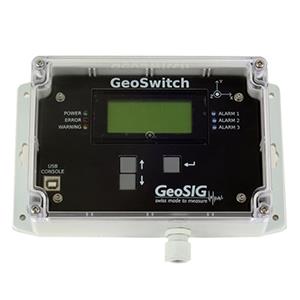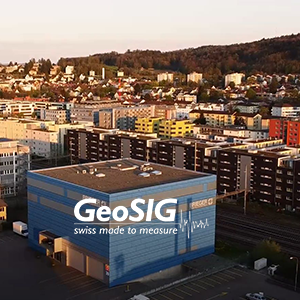
Download Øresund Bridge Case Study
Background
The strait between Sweden and Denmark can be crossed by a combined railway and motorway bridge named Øresund Bridge, which runs nearly 8 km from the Swedish coast to an artificial island (Peberholm) in the middle of the strait. From there travelers take the Drogden Tunnel the 4 km from Peberholm to the Danish island of Amager. The Øresund Bridge connects Copenhagen, Denmark, and Malmö, Sweden; and it is noted for being the longest combined road and rail bridge in Europe.
Challenge
Øresund is an impressive highway and railway link consisting of an immersed tunnel, artificial island and a combination bridge requiring observation of the oscillations of cables of the stayed bridge under heavy wind conditions. The scope of the Øresund project was to deliver a Cable Stayed Bridge Structural Monitoring System.
Solution
The bridge system solution monitors the deflections of the bridge under loads generated by highway and railway traffic. Excesses of any threshold values are recorded and managed from an on-site traffic control centre.
The system comprises 105 channels and a data acquisition and processing centre; and digital RS-485 cable communication with provision for 15 hours’ autonomy in case of power failure. Temperature/environmental data correlation are made alongside strain gauge measurements with 14 metereological sensors (METEO-TT & METEO-WSDT), 19 GSG-xx strain sensors and 22 AC-53 triaxial force balance accelerometers. A single CR-4 PC-based recording system is used for running programs, SEISLOG data acquisition, CENTRAL remote access, CMS, and static data processing. A telephone line connection to the traffic control centre is provided for data, event and alarm transmission.
Another great solution using GeoSIG instruments, showing that quality and reliability can also be cost-effective.
































